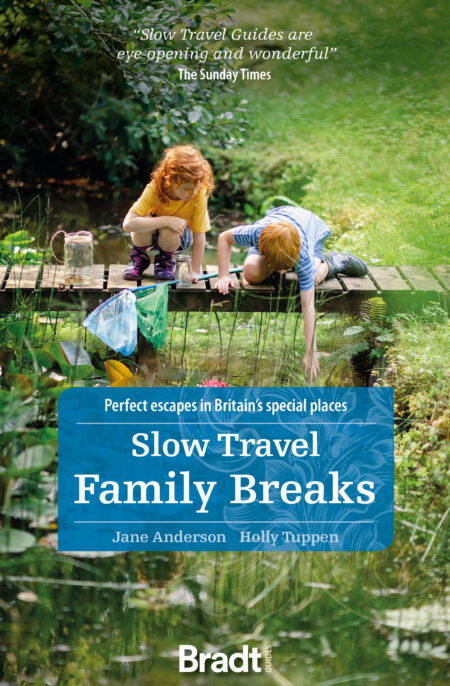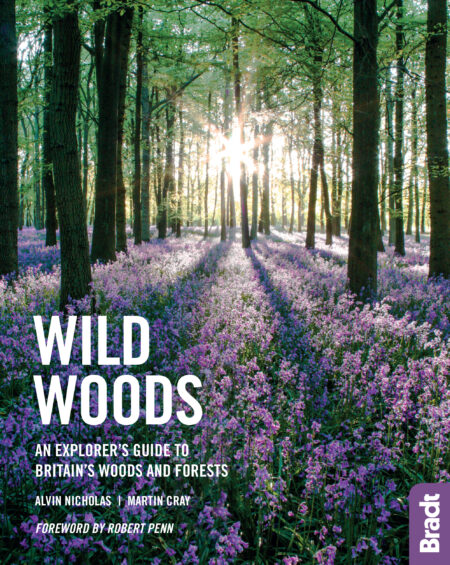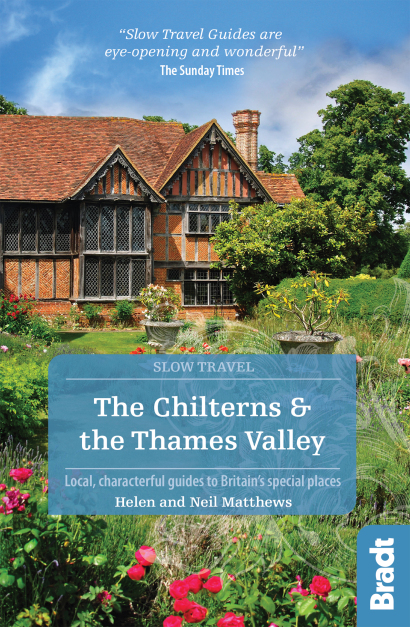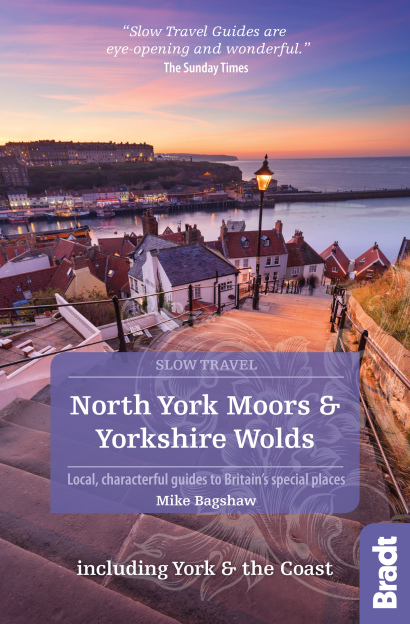While autumn is the time when the days start getting shorter and the weather wetter, that doesn’t mean we have to retreat indoors. Grab your scarf, waterproof and wellies – it’s time to explore what’s on our doorstep during this beautiful, beautiful season.
Lie beneath the stars
Encompassing some 300 square miles, Galloway Forest Park encompasses some of southern Scotland’s most dramatic scenery and, in 2009, it was designated as the first Dark Sky Park in the UK.

The area’s small resident population means that light pollution is minimal, and as a result Galloway has some of the darkest skies in Europe. Over 7,000 stars and planets are visible with the naked eye from here and the nightly show changes constantly as the seasons pass. This really is the place to appreciate the beauty of the night sky.
Just over the border into England is another designated Dark Sky Park, at Kielder Forest in Northumberland. Come nightfall, much of the region is bathed in pitch-black skies due to the area’s remoteness and large expanses of uninhabited forests, hills and moorland. See the Northumberland National Park website for events or visit the Kielder Observatory website.
Walk among the leaves at Burnham Beeches
Burnham Beeches is an acronym lover’s delight, as an SSSI, NNR and SAC (Site of Special Scientific Interest, National Nature Reserve and Special Area of Conservation). It was once common land, used for grazing a variety of animals and for obtaining firewood and turf for fuel.
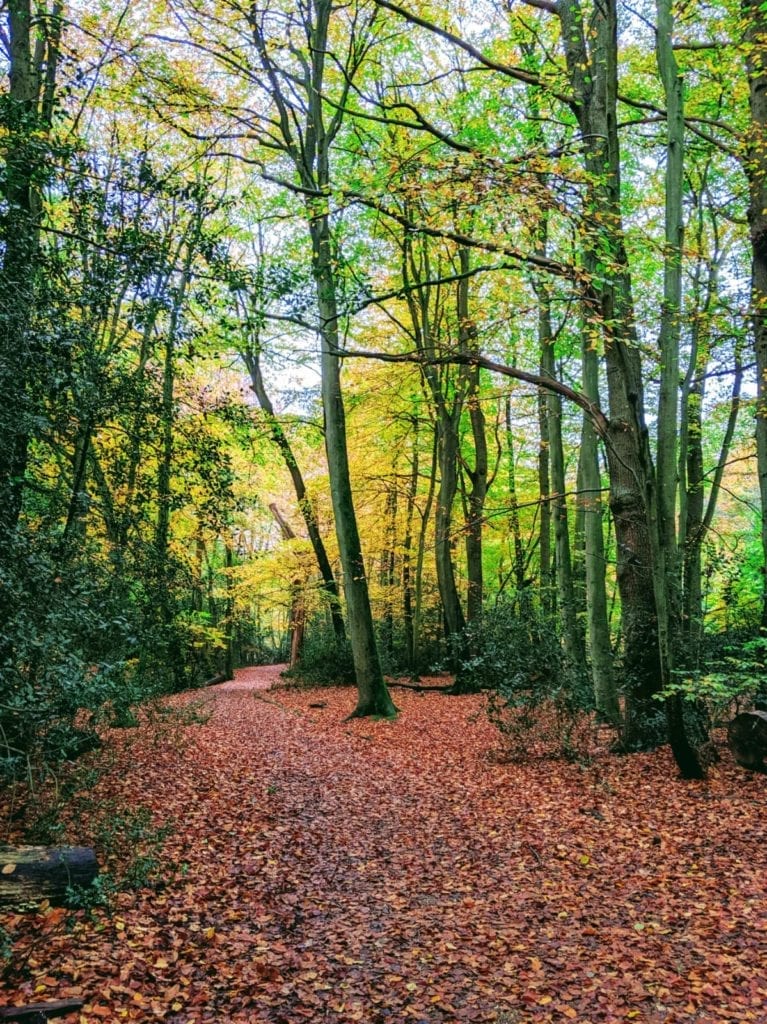

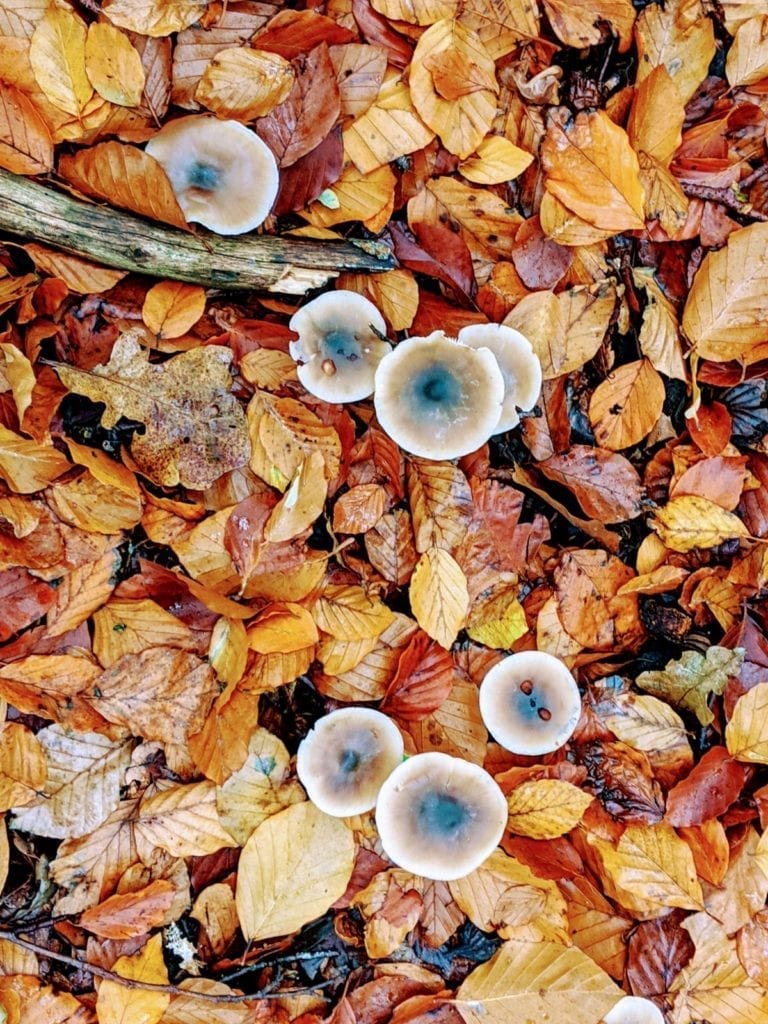
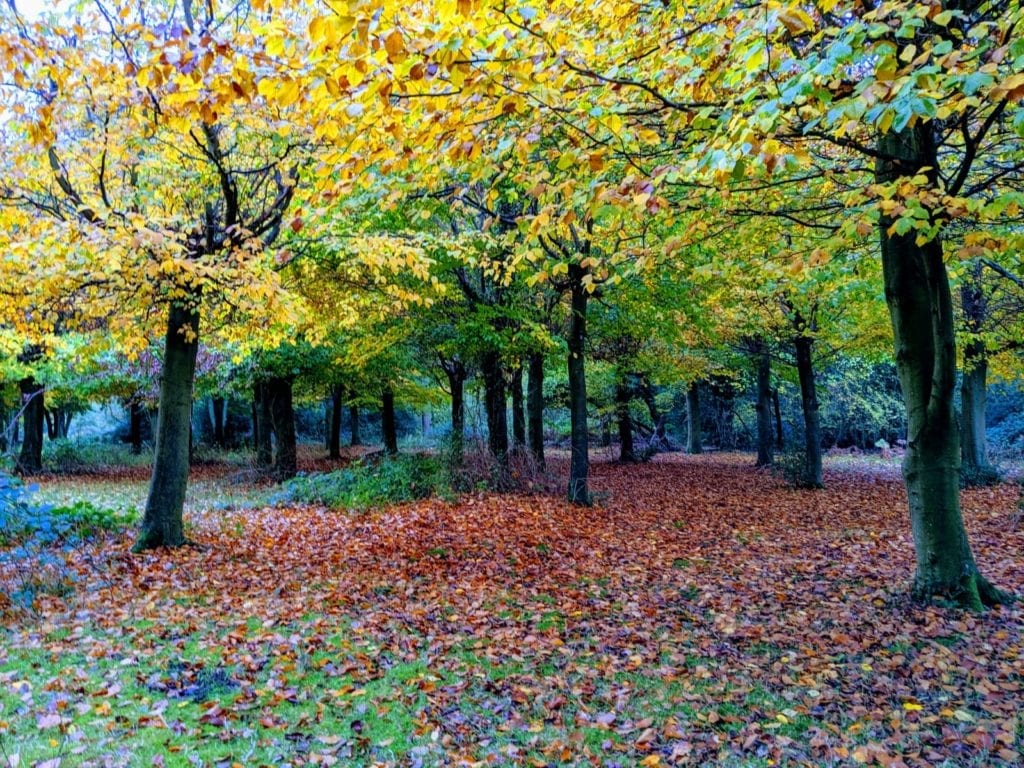
The area includes heathland, woodland, bog, grassland and wood pasture, the last incorporating many beech and oak trees which have been ‘pollarded’ (cut and allowed to regrow for firewood).
Dodge the cattle grids – and sometimes the rare breed cattle – and there is plenty to find in the Beeches. Perhaps the most surprising aspect is the artistic theme which runs through the land. You can find a plaque celebrating the poet Thomas Gray and the beech tree which may have inspired the ‘nodding’ beech in Elegy Written in a Country Churchyard. Further along your walk are ponds which have inspired artists such as Myles Birket Foster, and locations visited by the composer Felix Mendelssohn and Jenny Lind, a 19th-century opera singer.
But the stars of the Beeches are, inevitably, the eponymous trees, and the sense of tranquillity they create as you pick your way through them. Come autumn, the leaves turn to wonderful golds, burgundys and oranges – the colours really have to be seen to be believed.
Witness the red deer rut on Suffolk’s coastal heaths
For a month from late September but peaking in the first half of October, the thunderous bellow from Britain’s largest land mammal, the red deer stag, signal the fulcrum of the deer year: the rut.
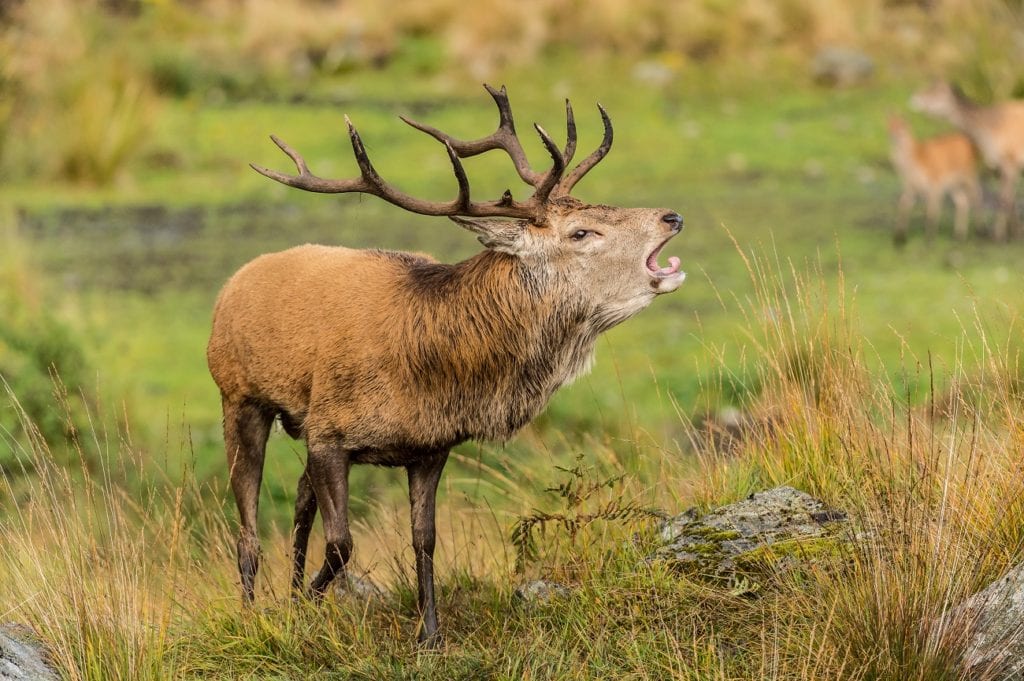
There is much debate around the best place to see the most visceral competition in Britain’s wildlife calendar. Contenders include Exmoor, the Scottish Highlands, the New Forest and ‘deer parks’ such as Richmond. But also on this list is Suffolk’s coastal heaths, where the red deer range around RSPB Minsmere (along Vault Road), Westleton Heath National Nature Reserve and Dunwich Forest.
If not using a telescope, proceed by foot, for example along the west–east footpath that starts near King’s Farm, south of Dunwich Road. Whatever your preferred viewing strategy the rut should not fail to astound but be wary, however, of approaching too close: hormonal stags will readily charge any mammalian intruder.
The first and last 3 hours of daylight are the best time for deer-watching, so spend the rest of the day exploring the wider area of Westleton and Dunwich Forest. Otters, bittern and bearded tit are resident. On a calm day in September through to October you might catch a bearded tit ‘irruption’, a spectacle where the birds rise high into the sky before dispersing either to migrate to a new site or land in a new part of the same reedbeds.
Explore the colours of autumn at Westonbirt Arboretum
The area around Westonbirt is unique in the Cotswolds. Split by a small, dry valley, the arboretum sits on two differing soil types – the alkaline limestone to the east of the valley, where the Old Arboretum is, and an acidic, sandy soil where the Silk Wood was planted to the west.
The differing soils have enabled a large variety of rare and exotic trees and shrubs from around the world to become established. While the Old Arboretum contains many specimen trees, Silk Wood provides themed groups such as the native tree, the oak, ash, cherry and national Japanese maple collections.
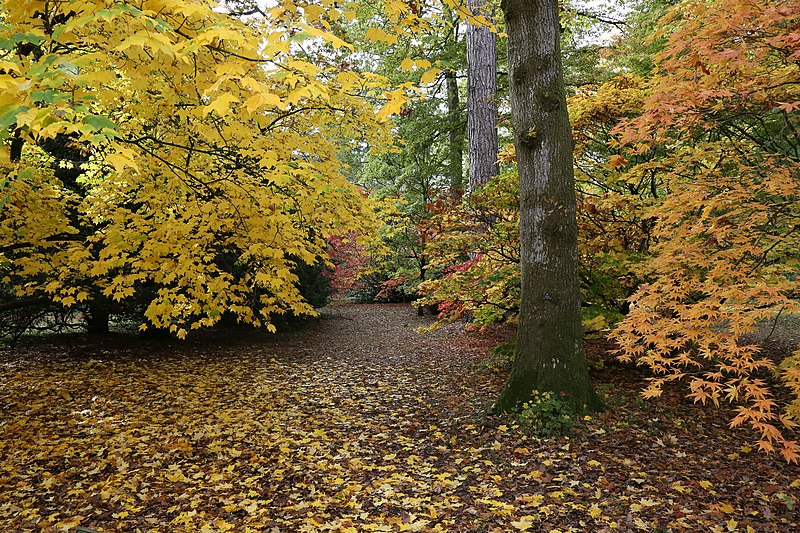
By far the most spectacular addition is the STIHL Treetop Walkway, opened in 2016, which comes into its own in autumn. The 330 yard-long step-free walkway makes it accessible for all, rising to a height of 43 feet. There are information panels to fire the imagination whatever the age, without dumbing down the science of trees.
The wood and metal structure gracefully soars above the ground, curling through the upper branches of the trees, allowing you to reach out to the canopy, see high-up pine cones close up, cross the wobbly rope bridge to a lookout and climb up to the ‘Tree Hotel’, a crow’s nest for even greater views across the arboretum.
Witness whales off the coast of Whitby
The harbour towns of the North Yorkshire coast have no ferries to take you from A to B but, weather permitting, lots of opportunities exist for trips out and back in the summer months.

Whitby offers some of the best options, perched on the mouth of the River Esk which provides a natural sheltered anchorage for ships using the North Sea. This is still a working harbour and going to sea in boats will always be at the heart of the town. In the 18th century fleets of sailing ships left these shores, not just explorers like Captain Cook but whalers of world renown like the captains (father and son) Scoresby. Ironically, some of the most popular trips out of the harbour these days are to take people to see creatures that were once the hunters’ quarry – whales.
In late summer and early autumn good numbers of minke, humpback, and even fin and sei whales, follow shoals of breeding herring down the Yorkshire coast, and boats like the Specksioneer, the Bark Endeavour (a scale replica of Captain Cook’s famous sailing ship) and one of the town’s historic retired lifeboats, the Mary Ann Hepworth, will take you out to see them.
Full steam ahead on the North Yorkshire Moors Railway
Very few people aren’t moved at the sight and sound of an old locomotive in full steam, and this is one of the most popular places in the country to enjoy the experience.
The scenic route of the North Yorkshire Moors Railway follows the spectacular valley of Newtondale, a deep and precipitous ravine with the incongruously small Pickering Beck trickling down the middle. This feeble stream is obviously incapable of excavating such a large valley. That job was done 10,000 years ago at the end of the last ice age, when Lake Eskdale overflowed and emptied into Lake Pickering in a raging torrent.
It is 18 miles from Pickering to the official other end of the line at Grosmont, and your journey will call at four stations, each renovated in a different period style. Your journey calls at four stations and each has been renovated in a different period style. Pickering recreates the 1930s, Levisham has been decorated as it would have been in 1912 and Goathland boasts a 1922-style tearoom. Finally, Grosmont has been left how it was in the 1950s just before its original closure.
Make a full day of it by catching the first train out in the morning and the last one back, taking full advantage of the hop-on hop-off nature of a rover ticket. The carriages are wheelchair-accessible and will carry bikes if there is space. Fares are reasonable and it is only a few extra pounds to Whitby (courtesy of Northern Rail).
Visit Herefordshire’s orchards
Owing to favourable soil conditions, throughout autumn Herefordshire is bursting with apples and pears. If you’re visiting in October, check out the Apples for Autumn initiative, which helps restaurateurs to showcase this bounty and visitors to support local producers.
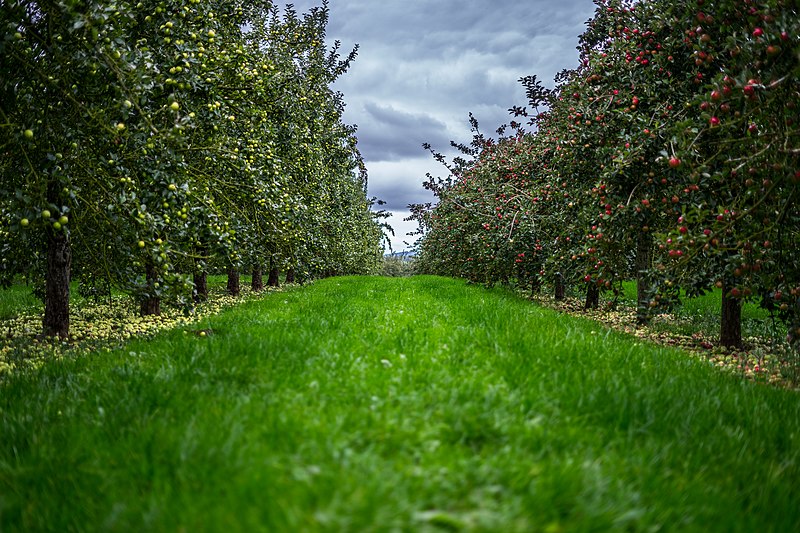
Alongside tips for hotels and restaurants to help create apple-themed events and menus, Visit Herefordshire has created two cycling circuits so visitors can whizz between the orchards on two wheels. There are northern (49 miles) and southern (31.5 miles) circuits and, although both are fairly punchy distance wise, it’s possible to choose a section to do with the kids. The website also lists those orchards, some of which are more than two centuries old, that are happy to welcome visitors, so there’s no excuse not to pop into a few along the way.
Go wildlife spotting in Brede High Woods
Some of the wildest woods of the High Weald occupy this vast, 647-acre site, a mosaic of ancient woodlands, heathlands and plantations, punctuated by grassland glades and with the Powdermill Reservoir at its heart.
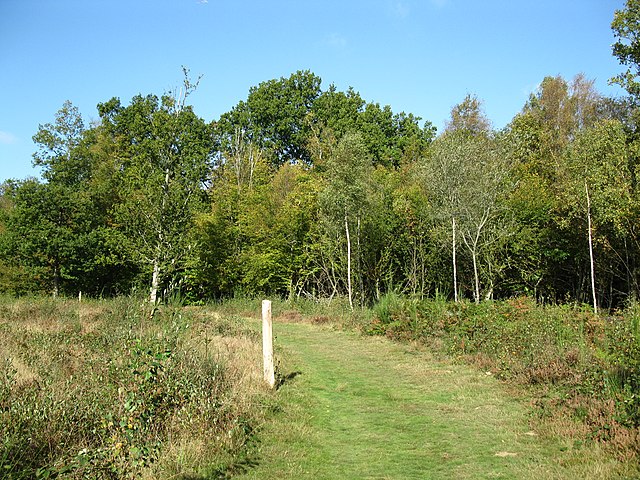
Steeped in Wealden mining history and extraordinary for wildlife, the woods are home to wild boar and you may see rutting fallow deer in autumn. Look for rare green hellebore, wild service trees and glow-worms along meadow margins. Sunken lanes provide good foraging.
